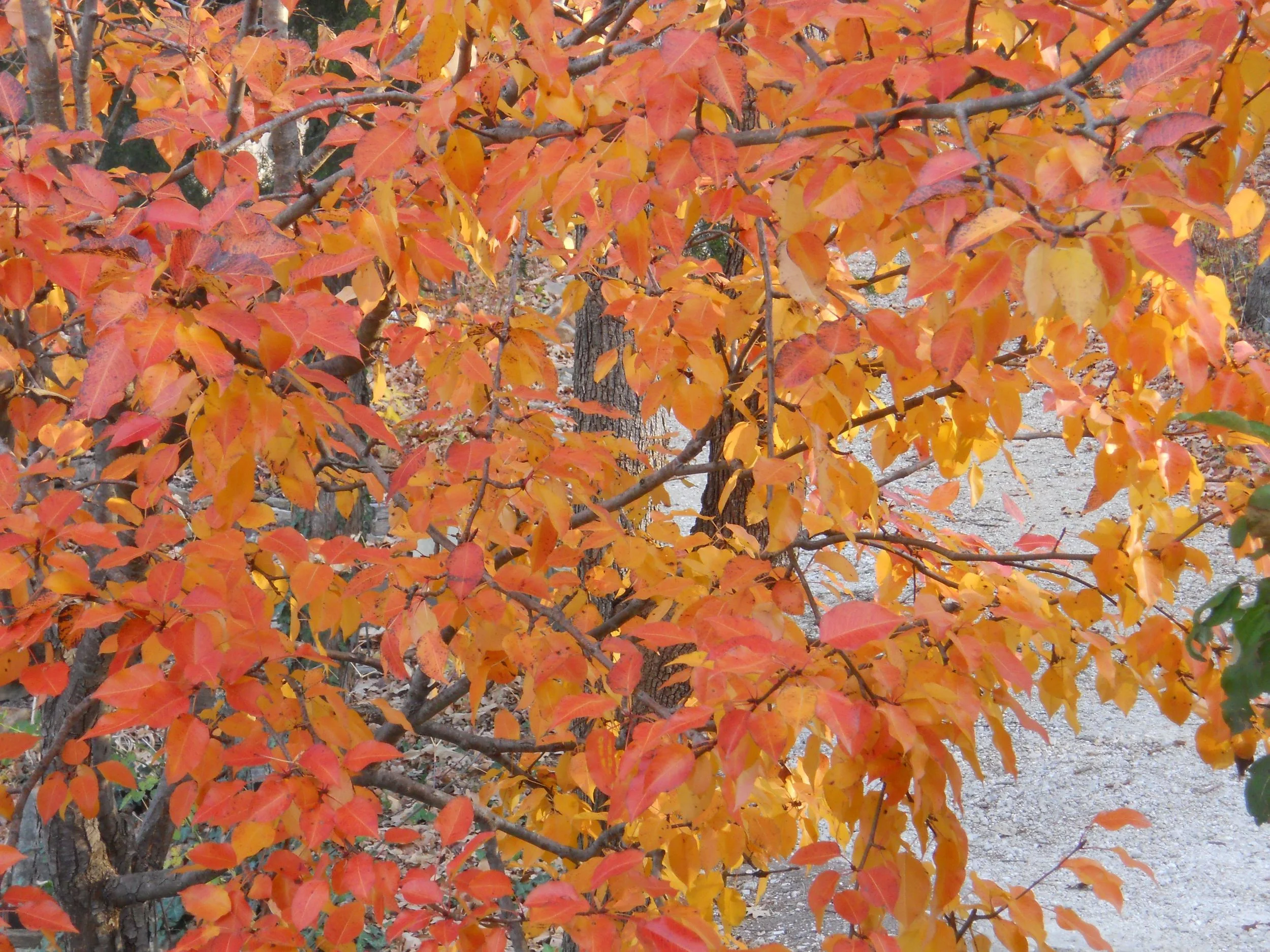Hummingbird Moth
/This lovely hummingbird moth is the end result of the much maligned tobacco hornworm. (Photo by Charlotte Ekker Wiggins)
Hummingbird Moth
Have you seen these lovely little moths in your garden, they look like baby hummingbirds?
They are actually the end result of a much-maligned caterpillar, the tobacco hornworm. I usually have several on my tomato plants but I’m guessing they are succumbing to the impact of neighborhood pesticides as are other pollinators. North American bird populations are down 30% since 1970. Birds depend on insects for their food.
Although I haven’t use pesticides in my Missouri hillside garden for decades, as a master gardener I know many of us overuse these products; don’t read the label and end up killing off other things besides what they originally wanted to eradicate.
It makes me sad.
For many years, I would have a good dozen to two dozen tomato and tobacco hornworms living on a couple of dedicated tomato plants. I would pick them off the tomato plants and give them a couple of set aside tomato plants all to themselves so they would have food as they grow.
Tomato hornworms turn into another pollinator, the lovely large Sphinx moth. Tobacco hornworms, a close cousin, turn into lovely hummingbird moths on my native phlox in the top photo.
What’s the difference?
The tobacco hornworms have 7 stripes down their sides and a curved horn.
Tomato hornworms have 8 stripes and a red horn on their back side.
Lovely tobacco hornworms turn into these beautiful hummingbird moths. (Photo by Charlotte Ekker Wiggins)
In the past I have had dozens of hummingbird moths mid summer flitting through my native pink phlox. This year, however, I only spotted a few late spring.
I usually see evidence of their presence first as frass on the ground around the tomato plant.
Frass from a tobacco hornworm consuming tomato plant leaves. (Photo by Charlotte Ekker Wiggins)
Sometimes its hard to spot the green caterpillars among green stems so I then look for nibbling signs on green tomatoes.
Hornworms feed on green tomatoes as they grow. (Photo by Charlotte Ekker Wiggins)
By following the nibbled tomato fruit, I can usually find the hornworms close by.
My one tobacco hornworm this year, hopefully eating hearty. (Photo by Charlotte Ekker Wiggins)
The hornworms eat for about three weeks, then disappear as they pupate and eclose into lovely moths.
To keep myself in tomatoes, I move the chewed on plants back into the fold. When it is time to move plants inside for winter, I bring those tomato plants inside. By then the leaves have grown back and they are ready to fruit.
We don’t have to declare war on hornworms, we can coexist. They are just as valuable to our pollinator cadre of butterflies as Monarchs.
Stop using pesticides and insecticides. Stop maligning tomato and tobacco hornworms, it’s easy to help them and still have tomatoes.
I have been doing it for years.
Charlotte
















